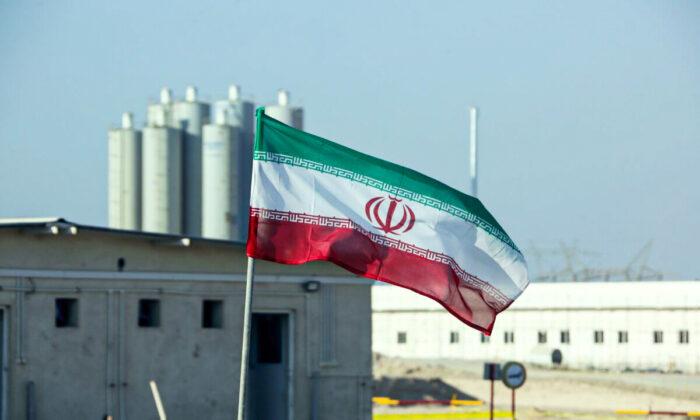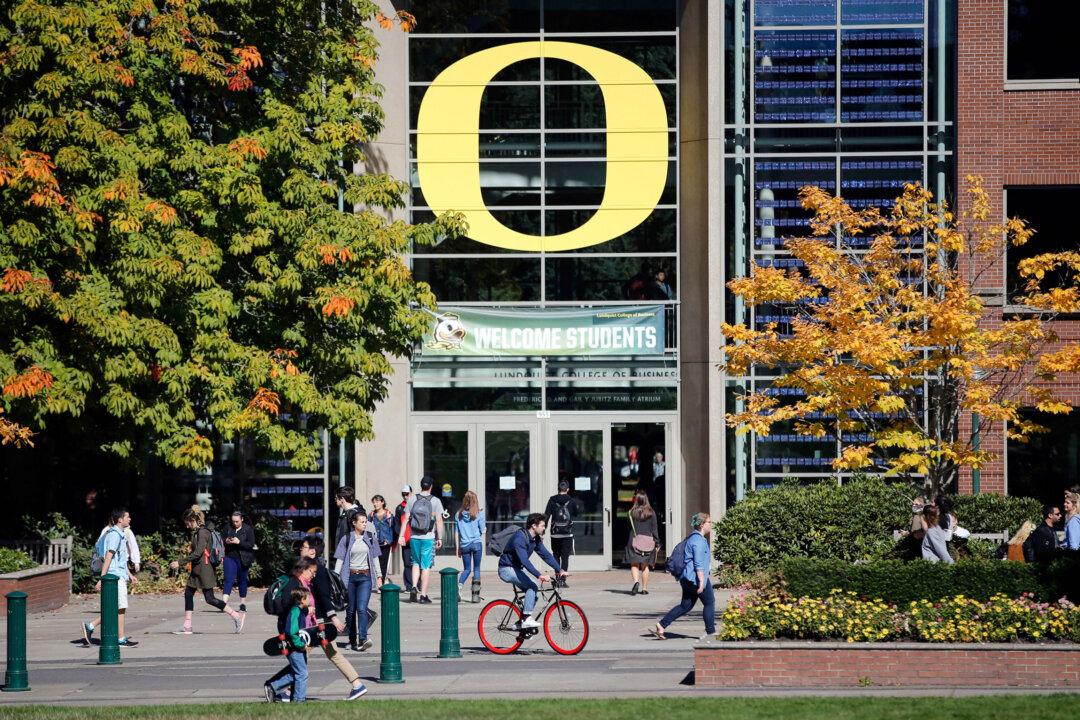Iran has begun building a 300-megawatt nuclear power plant in the southwestern province of Khuzestan, which is expected to cost about $2 billion, the country’s atomic energy agency stated on Dec. 3.
Mohammad Eslami, head of the Atomic Energy Organization of Iran, said the new power plant is being built in the Darkhovin district of Khuzestan using a pressurized water reactor fueled with 4 percent uranium.
Eslami said the nuclear reactor will be built by Iranian companies over the course of eight years.
“The construction of this power is an old program that was stopped for years due to the bad faith of foreigners who abandoned the work, and today the first part of its operation, including the preparation of the land for the construction of the site and the main building of the power plant, began,” he told reporters.
IAEA Concerns

Prior to Eslami’s remarks, U.N. nuclear watchdog the International Atomic Energy Agency (IAEA) raised concerns over the lack of explanation by the Iranian government about Uranium traces found at three undeclared sites.
“We don’t seem to be seeing eye-to-eye with Iran over their obligations to the IAEA,” Rafael Grossi, head of the IAEA, told reporters in Rome on Dec. 3.
Grossi said talks to revive Iran’s 2015 nuclear deal with world powers, known as the Joint Comprehensive Plan of Action, have also stalled. The agreement calls for Iran to dismantle much of its nuclear program in exchange for sanctions relief.
“At the moment it does not seem to have the momentum it needs to [get] back to life,” he said.
Grossi also expressed concerns about Iran’s recent announcement that it had begun enriching uranium to 60 percent purity at its Fordow nuclear plant, which will bring Iran closer to the weapons grade of 90 percent.
“Iran informed us they were tripling, not doubling, tripling their capacity to enrich uranium at 60 percent, which is very close to military level, which is 90 percent,” he said.
“This is not banal. This is something that has consequences. It gives them an inventory of nuclear material for which it cannot be excluded ... that there might be another use. We need to go. We need to verify.”
Iran has denied seeking nuclear weapons and claimed that its nuclear technology is solely for civil purposes. However, Iran’s 2015 nuclear agreement with world powers only allowed for 3.67 percent uranium enrichment.
Kamal Kharrazi, an adviser to Supreme Leader Ayatollah Ali Khamenei, boasted in July that Iran has the “technical means to produce a nuclear bomb, but there has been no decision by Iran to build one.”
In September, an IAEA report showed that Iran’s stock of uranium enriched to up to 60 percent had grown enough that, if enriched further, could produce a nuclear bomb.





